QuestionMy tank has been set up one month now, it is a 10 gallon tank.
I have calico fantails(orange and white),3 of them
and one placosomus
Not running a filtration system right now just air bubble stick,the length of tank
I awoke this am to find the placosomus not acting right he usually attaches to everything, but not now.It's the fighting death behavior. Should he not be in a cold water tank? Is so what can be that will eat debris etc?
Thank you
AnswerHi Bren;
It's a shame the fish store didn't tell you what you needed to know to keep your fish healthy. I will include a copy of my article on new tanks at the end of this letter. The plecostamus is a tropical fish that needs a filter as well as a heater. They also get over a foot long, so he is definately not suitable for a small tank. Make a water change of 50% to hopefully get him through until you can get a filter and heater. Make 25% water changes every other day until you can decide what to do with him. If he survives, you should take him back to the fish store. If you don't overfeed the fish you shouldn't have excess debris in the tank to need one. Make sure the fish eat every speck of food you put in there 5 minutes after feeding. Feed them once a day. Goldfish are natural born gluttons and will make you think they are starving to death, but they aren't. It is much more kind to them to feed them sparingly than to overfeed. Overfeeding is a very common but deadly problem. I do it myself from time to time. I just have to realize it and clean up after myself when I do. If you get algae, wipe it off and do more water changes. All regular algae eaters need a heater, but goldfish are coldwater fish. Apple/mystery snails will eat some algae, but they create a lot of waste too.
Your goldfish need a filter too. They are deep-bodied messy fish that get very big. They will soon outgrow your 10 gallon tank. Many people keep goldfish in bowls and small tanks, but they don't live very long usually. Their lives are lived in torment from toxins that burn their skin, eyes and gills. These wonderful fish have the ability to reach 6 to 8 inches long and have a lifespan of 10 or more years. They can't do that in a fish bowl or small tank.
Please try not to get discouraged. With the proper care and cleaning your goldfish can live for several months in the 10 gallon. Just don't add any more. The 3 you have are already too much for it.
Here is my article on new tanks with info about how to care for them;
**********
New Tank Syndrome or Break-in Period
So you have a new tank and you filled it up, put the filter together, mounted the heater into place and turned on the lights. You have all the plants and decorations where you want them....
You are ready for fish.
But, your filter is not ready for a full tank of fish yet.
The filter is running and moving the water and cleaning out crud, right? Of course!
But a very important part of your filter is the part you can't see. An aquarium filter removes the larger visible stuff, but it also must remove the dissolved fish waste that turns into ammonia in the water. To do this, special bacteria must grow in the filter system and on the particles of gravel in the bottom of your tank. This process occurs even on a limited scale in little fish bowls that have no filter in them.
This is "New-Tank Syndrome" or the "Break-in Period". The entire process takes 6 to 8 weeks to complete because these "nitrifying" bacteria grow quite slowly.
Start off with only two hardy fish for every ten gallons of water and don't add more until the 6 to 8 weeks has gone by. Hard to be patient, but it is worth it to keep your fish alive and healthy. As a matter of fact, the bacteria cannot develop without fish in the tank. You can let that tank sit forever without fish in it, but as soon as the first fish goes in the process begins. Avoid changing the filter pads during break-in. This removes the bacterial colonies that are essential to a balanced aquarium. You can rinse the filter pad out in a container of aquarium water. This will preserve most of the bacteria colonies while still allowing your filter to flow freely. Even using bacteria additives and water conditioners when you first set up the tank will not make a tank cycle by itself. If there are no fish to provide food (fish waste) for the bacteria, the beneficial bacteria cultures will die and you will have to start the colonies all over again once fish are added to the tank. Once the tank has completed the initial cycle, you can change the filter pads every 4 weeks or so. But for now, just rinse them.
Feed your new fish VERY lightly. Any excess food will cause additional waste your system cannot afford to have right now. If you see food floating around or lying on the plants and gravel after five minutes, too much food is going into the tank. Cut back a little each time you feed until it is ALL gone 5 minutes after you feed them. Feed them once a day.
During this "break-in period" your tank will become cloudy and milky looking. You may have to tolerate this for the entire break-in period but it is only temporary. Changing 25% of the water three times a week until the break-in period is over helps a great deal. Changing water reduces the ammonia and nitrites that rise while the bacteria continues to multiply. If ammonia and/or nitrites become too high, your fish will become stressed and possibly die. Use a good water conditioner when you replace the water and make sure it is the right temperature to avoid shocking your fish.
When the break-in is over after 6 to 8 weeks and there are no nitrites or ammonia present in the water you can slowly add more fish. Add one or two every week until you reach the desired population. This allows the bacteria to adjust to the new population every time before adding more. Monitor the nitrites and ammonia to be sure they don't come up. If they do, make a 25% water change and check them again. Don't add the next fish until the levels are down again.
The safe maximum population for any size tank is one inch of adult fish for every gallon of water in the tank. Do some research to be sure of the fish you are interested in. Even though they are small when you buy them, you have to base your population calculations on full-sized adult fish. Many hobbyists have up to two inches per gallon but this can be risky. If a water quality issue arises or a disease occurs it will spread fast and furious in an over-populated tank. In any case, 25% water changes every week to two weeks are absolutely essential for the health of your fish.
Following these guidelines will help you get your new tank on the right track.
**********
Followups welcome
At Your Service;
Chris Robbins
Come on over and join us on the freshwater fish forum at About.com to get even more information too;
http://freshaquarium.about.com/od/questionsanswers/a/naavigateforum.htm
My member name is ChrisR62. See You There!

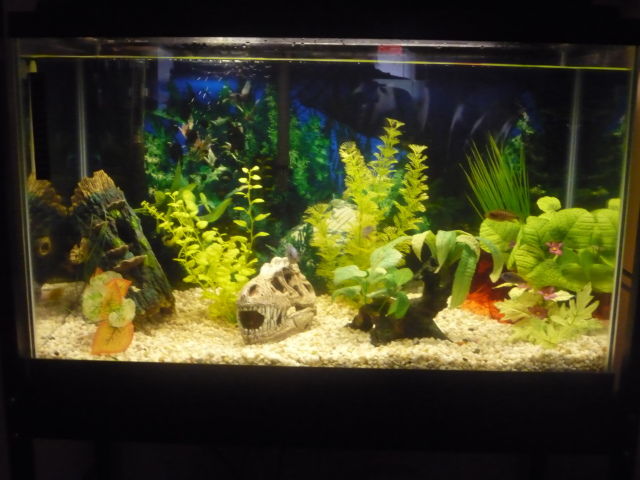 29g cichlid tank too full?
Question
29g cichlid tank
I have a 29gal tank which hou
29g cichlid tank too full?
Question
29g cichlid tank
I have a 29gal tank which hou
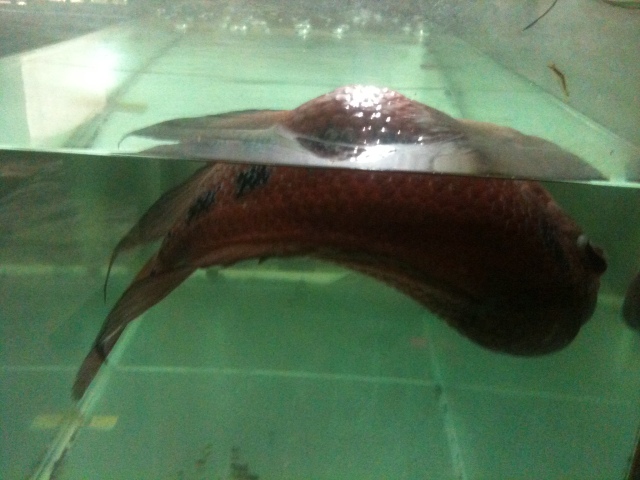 Flowerhorn bloating stomach
Question
Flowerhorn Bloated Sto
It has been 2-3
Flowerhorn bloating stomach
Question
Flowerhorn Bloated Sto
It has been 2-3
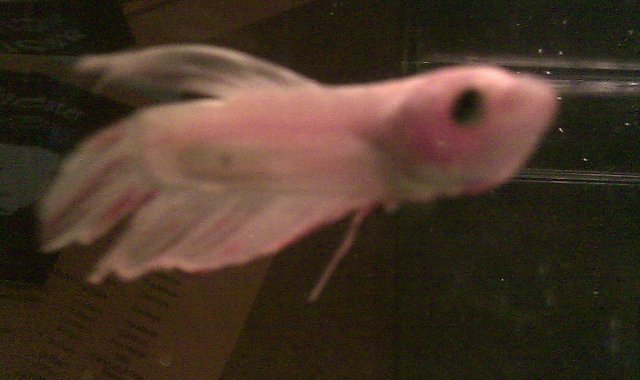 Eye Cloud?
QuestionBenny
QUESTION: Dear Jaymie,
As I have
Eye Cloud?
QuestionBenny
QUESTION: Dear Jaymie,
As I have
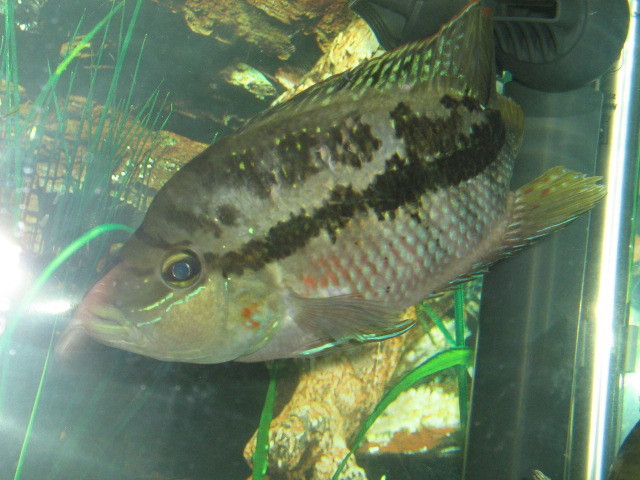 cichlasoma salvini
Question
My cichlid
Hello Ron. Sorry to sound foolish,
cichlasoma salvini
Question
My cichlid
Hello Ron. Sorry to sound foolish,
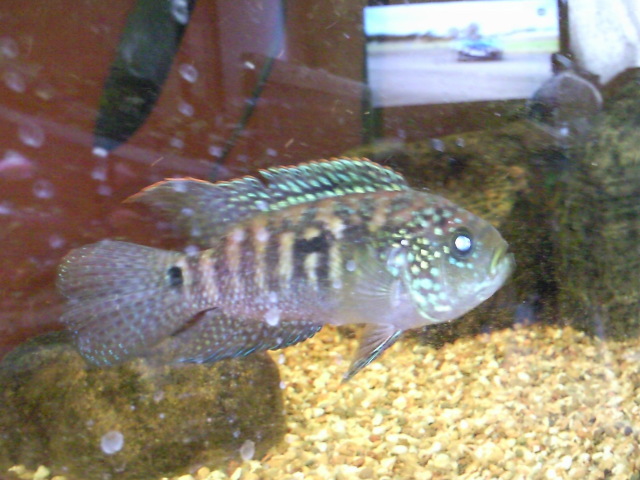 i need help identify a mis-sold fish
Question
Unknown Cichlid
Hi Ron i bought a what i thoug
i need help identify a mis-sold fish
Question
Unknown Cichlid
Hi Ron i bought a what i thoug